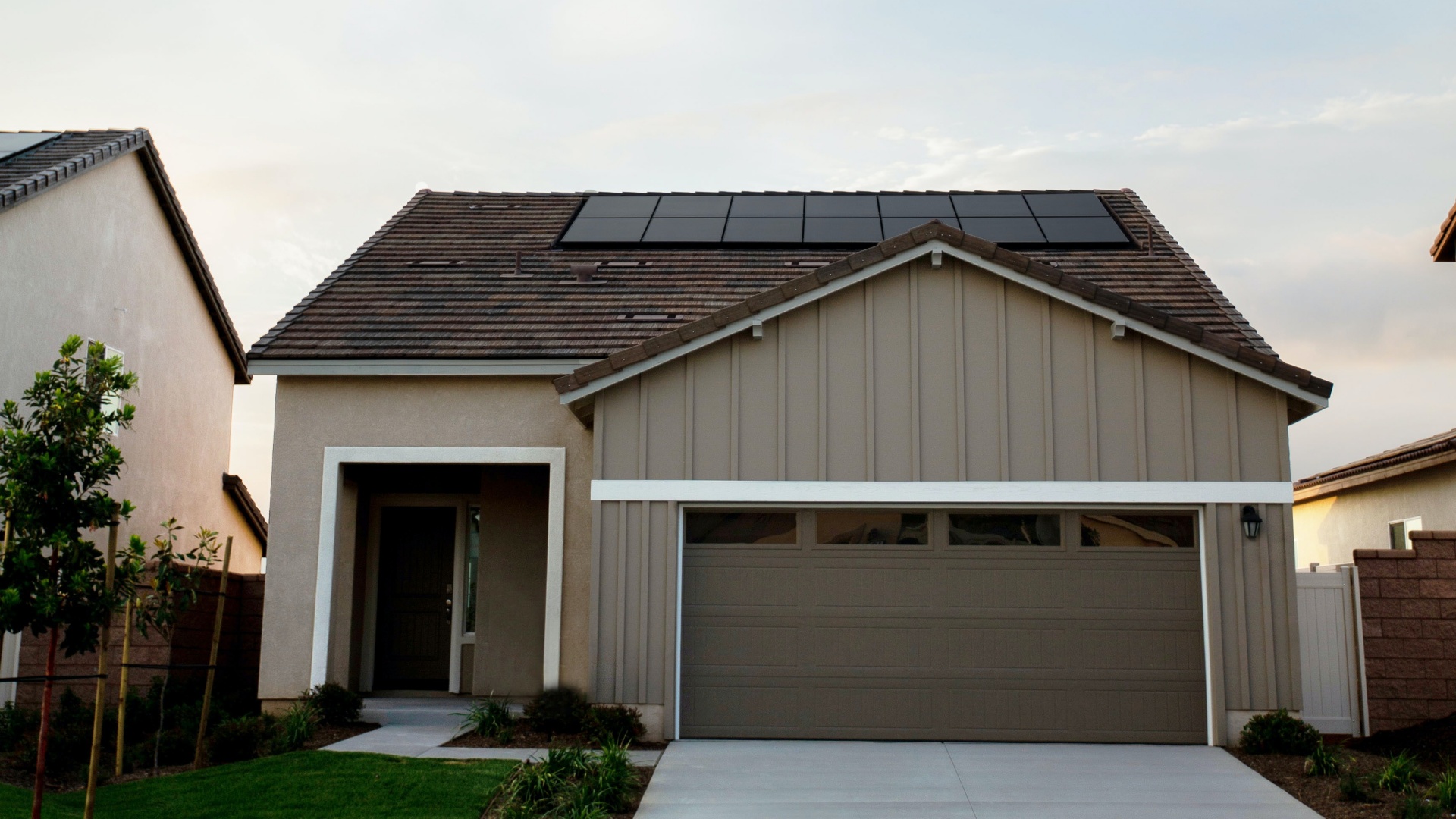- 2022 saw some of the longest periods of loadshedding for South Africa since Eskom began rolling blackouts more than a decade ago.
- Many South Africans are looking for energy alternatives, with solar becoming an increasingly popular solution for households.
- Given how expensive installing solar is, Standard Bank has created its LookSee website for people to check how feasible it is.
Last year proved to be one of the most difficult in terms of power supply for the country, as Eskom implemented loadshedding longer than it ever has. As such, fed up South Africans have had to bite the bullet and look for alternatives, with solar being the most worthwhile for homes.
Such undertakings are expensive, however, which is why Standard Bank has launched a new website to check the feasibility of installing solar locally.
The site is called LookSee, and it provides an online solar score for South African homeowners that takes individual property conditions into account to determine solar power feasibility.
To deliver this capability, Standard Bank has partnered with Riskscape, a geospatial actuarial solutions provider, to develop this free-to-use offering.
“South Africa offers excellent conditions for solar power, but this does not mean that the conditions of every property are excellent. For instance, your neighbour may be able to go completely off the grid, or, where the regulations allow, will be able to sell electricity back into the grid, while your house may only support a medium-sized solar system with lower production potential,” notes Standard Bank’s head of digital and ecommerce, Andrew van der Hoven, in a press release sent to Hypertext.
It is important to note though, that this free-to-use solution is currently only available in SA’s three major metros – Johannesburg, Cape Town and Durban. It also excludes sectional title properties at this time, but these are being added, along with more cities during the course of 2023, says Standard Bank.
As expected, there are a number of factors that go into determining a score for installing solar for your home.
“The first factor is the cardinal direction of the various roof panes, as only the sides that are facing a northerly direction will get enough direct sunlight hours. This is followed by a calculation of the roof area to establish how many panels can be supported on the optimal panes or sides, as well as the slopes of these panes. Horizontal irradiance, which measures the radiant power from sunlight for your specific location in South Africa, and shady conditions from surrounding buildings or vegetation, also play a role in establishing how much electricity can be generated from a solar power system,” unpacks Standard Bank.
Once you provide the necessary information on the site, your solar score is calculated out of 100. A breakdown of scores and feasibility are as follows:
| Scoring | Description |
| Unfeasible (0-40) | Your property will not benefit from a solar installation because the amount of electricity that can be harnessed from the sun is low. This could be due to a lack of sunlight, your roof being at a poor angle to the sun, or the shape and slope of your roof not being optimal. |
| Low (40-50) | Your property could benefit from an entry-level solar installation, but the output from the system could potentially be limited. |
| Average (50-60) | Your property, like most residences in South Africa, could benefit from a solar installation due to a combination of roof area and its northern facing cardinal direction. |
| Good (60-70) | Your property offers above-average feasibility for a Solar installation and might be able to support an ‘off-the-grid’ system. |
| Excellent (70-100) | Your property has the best Solar installation potential and could allow you to go ‘off-the-grid’ as well as sell-back to the grid opportunities, if local authorities permit. |
Other features built into the solar score also provides insight into your usable roof area, the average number of sunny days in your area, and the amount of electricity in kilowatt hours you could expect to generate over the space of a month or a year.
“An annual electricity production calculator is also included, providing an estimation of the Rand value of the energy produced by a solar system installed on your home. The scale allows you to see how this energy production adds up as you move from 1 year all the way up to 25 years,” adds the financial institution.
Lastly Standard Bank notes that LookSee provides a range of products, solutions, and call out services, as well as access to lending, regardless of who users bank with.
[Image – Photo by Vivint Solar on Unsplash]

